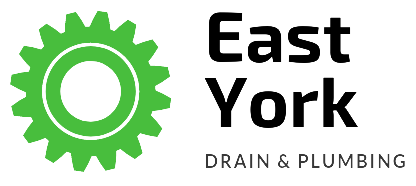
Table of Contents:
Tools and Safety Precautions
– Before you start any DIY plumbing project, it’s crucial to gather the necessary tools and learn about safety precautions. We’ll walk you through the essential tools and safety measures to keep in mind.
Dealing with Common Plumbing Problems
– Explore a range of common plumbing issues, such as dripping faucets, running toilets, and slow drains. Learn how to diagnose the problem and the steps to fix it.
Unclogging Drains
– Discover effective methods for unclogging sinks, showers, and tub drains without resorting to harsh chemicals. We’ll cover both chemical-free and chemical-based solutions.
Fixing Leaky Faucets
– A dripping faucet can waste a surprising amount of water. Learn how to identify the type of faucet you have and follow step-by-step instructions to fix the leak.
Repairing Running Toilets
– Running toilets are not only annoying but can also lead to increased water bills. Understand the inner workings of a toilet tank and how to repair common issues like a faulty flapper or fill valve.
Handling Minor Pipe Leaks
– Pipe leaks can be intimidating, but not all of them require professional help. We’ll show you how to address minor leaks using pipe tape or joint compound.
Replacing Faucets and Fixtures
– If you’re ready to take on a more advanced project, learn how to replace faucets and fixtures in your kitchen or bathroom. We’ll guide you through the process step by step.
Preventative Maintenance
– Discover tips and routines for keeping your plumbing in top shape, such as regular inspections, cleaning aerators, and winterizing your pipes to prevent freezing.
When to Call a Professional
– While this guide empowers you to handle many plumbing issues on your own, it’s essential to know when to call in a professional plumber. We’ll discuss signs that a problem may be beyond your DIY capabilities.
Recap the key takeaways from the guide, emphasizing the importance of safety, regular maintenance, and knowing your limits when it comes to DIY plumbing repairs.
Conclusion
Armed with the knowledge and confidence gained from “The Ultimate Guide to DIY Plumbing Repairs,” you’ll be better prepared to tackle common plumbing problems around your home. Remember that practice makes perfect, and as you gain experience, you’ll become even more proficient at handling plumbing repairs. However, always exercise caution and never hesitate to consult a professional when needed to ensure the safety and functionality of your plumbing system. Happy plumbing!
